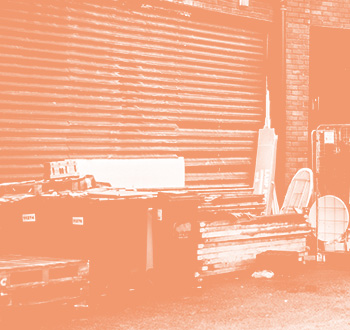Q: One of the key themes in the book is how waste is “everything plus time.” In a sense, this gets you into a place where you could theoretically write about anything - was it difficult to narrow down your approach to the topic? What was your way in to waste?
A: Part of the reason waste interests me so much is precisely because it's so pervasive, so the winnowing process was partly guided by how well a given subject served as a connective thread to other parts of the book, and partly by my own idiosyncratic interests. So there are a number of overarching arguments the book is interested in making, but more fundamentally I was interested in wading through a matrix of wastescapes that had a personal resonance and meaning for me: Dead Horse Bay, digital detritus, orbiting space debris, reality television, and so on.

The writing process for the book was usually much richer and more meaningful for me in those moments when I did my best to let the objects speak, and to think with them in their own particularity and in their own conditions, rather than letting one particular theoretical framework or way of seeing direct the process. This is an approach that (at the moment) suits my temperament, but it's also an effective method for trying to wrap one's mind around an object that we interact with, create, and discard every single day of our lives.
Q: In your mind, is there a difference between waste and decay? You mention ruins in the book and the predilection people have for them, but I wonder if ruins aren't exactly waste, but decay. In a sense it serves the same purpose, to gaze upon them is to be reminded of both a lost past and an encroaching death, but it's hard to think of the Colloseum or the Acropolis as waste. They're actively preserved, in a state of arrested decay, rather than utterly discarded.
A: Ruins are lovely, but the book is much more about their opposite: the derelict. The line of division as I understand it has nothing to do with the age of the object or its level of newness or brokenness, but is instead a question of desire. I think we make a mistake when we categorize waste as that immense set of things that are old, busted, broken, chipped, decaying, and we make a related mistake when we look upon a gleaming new car or overpriced high-rise and see it somehow as waste's antithesis: as the clean, the new. Its newness and cleanliness really don't matter, at least to me; just as the yellowed, crumpled, or scorched condition of some childhood totem object that we've kept for decades doesn't really matter in this sense either. What matters is desire.

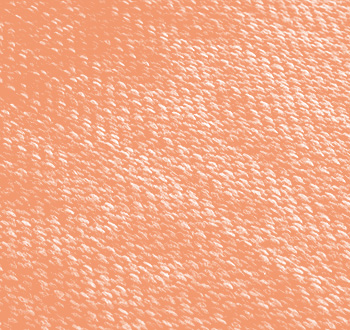
"Waste" is the word I'd use to describe things that have been emptied of desire, regardless of their age or condition. For this reason, ruins (thanks to the Romantic streak so many of us still cling to) can never really be waste, not just yet. As you noted, they communicate things to us and therefore have a certain value to us. So long as they do, they're not waste. But the end of perceived value, which is for many people synonymous with their desires, spells the end of that object's life outside of the ever-expanding sphere of waste. Of course, once enough time has passed, value and desire will leak out of even the most valuable and desired objects (for individuals or for entire civilizations), and then we can say the object has passed over into its inevitable state.
What interests me is to see all of the elaborate ways that we try to tweak the contours of this timeline, to dispense with certain types of things almost instantly (the cup and straw and lid and sleeve for the coffee you insist is necessary for your daily life), while also organizing so much of our lives around preserving or hoarding so many other things, convinced that our affective relationship with these mere objects will somehow trick time into slowing down for us, if we cannot stop it altogether.
Q: The idea of desire is certainly central to the book as a whole, and one thing I'm really interested in is this idea of reactivated desire. The return of something which has been undesired for some time, which can - for whatever reason - once again be imbued with a sense of value. I guess there's so much of it now we barely even notice it, but the vogue for reclaimed furniture, for vintage everything, that you go into in the final chapter with American Pickers, this seems to be an important twist in the tale. It's not just that things become waste, but they can emerge from waste and become valuable because they were once waste. What kind of values do you find are invested in these reclaimed items? Is it that they are now 'timeless' because they've survived, robbed of their original context but glowing with a certain appeal because of their unlikely endurance? Are there examples of the same idea outside of the 'consumer' angle - landscapes that become valuable after a period of abandonment? Ideas and ideologies even?
A: It can be difficult to see just how much of this "reactivated" desire is really little more than a function of consumerist logic doing its work on us. In the examples you mention ("reclaimed" furniture, "vintage" items, and so forth), the way these often come to light for us is through the very same kinds of sales pitches that were used to sell these items to us the first time around. Does a "vintage" Coca-Cola sign, rescued from some barn in Iowa, possess any kind of "value" beyond what individual collectors of Coke artifacts ascribe to it, or what the market for old signs establishes as their going rate? It's hard to say. It's easy to find oneself falling into a nostalgic appreciation for old or decayed or rare things, but so much of that feeling is actively market-constructed and market-driven — at least for that class of individuals invested in aged artifacts as objects possessing some kind of supplemental value beyond their immediate historical use.

But aside from any market in vintage things, and treating the old discarded object as simply an object, what complicates this simple market-driven explanation is that, generally speaking, all of us attribute a vague and sometimes indefinable force to old, lost, broken things, especially if they serve as mechanisms for personal or cultural memory. I don't need to get into questions of money or value when I first lay eyes on, say, an old Speak & Spell. Almost without willing it at all, it will summon memories of childhood, of times past, of how differently the world that object circulated in now seems from the world I'm in today.
And this is only amplified when the object has deeper resonances or more personal (traumatic or joyful) resonances. All objects possess this power to send us back into our pasts; this is why so many hip, overpriced, artisanal, "vintage" or faux-vintage or "distressed" artifacts now flood our senses and the market. They would love to continue to find new and creative and profitable ways to capitalize on our romanticization of industrial craft and of childhood in general; on our reliable interest in following fads; and on our desire to establish and communicate our taste and our character and our brand through our chosen objects.
Reaching back further into deep history, though, I feel as if an important shift takes place. The waste products of significantly earlier epochs serve a somewhat different function, largely because the vast majority of us do not possess the material means of owning truly rare and ancient artifacts. The black market in these aside, the objects of the deep past can begin to possess a certain kind of aura that is less market-driven than history-driven. The fragments of the past are valuable to us not only because they're old and rare, but because they represent such a small fraction of the world-systems from which they emerged. Ancient pottery shards, or papyri, or antlers carved into totemic gods: these have to become stand-ins for cultures and lifeways that most of us cannot even begin to understand in any comprehensive way. This might be true in a related sense for the other terms you mention--landscape, idea, ideology. The problem is that it's very difficult for us to retrieve or reconstruct those as they were ages ago. These are not objects as such but they are aspects of human experience that, like objects, can transform, wither, and die. If, for example, there existed in other times and places a social structure that was matriarchal or anarchist, or one that survived and thrived through a completely different notion of property relations, then that is a case where a reactivated desire would actually be fruitful and necessary, and not merely a resurrected "value" that is chiefly commerce-driven.
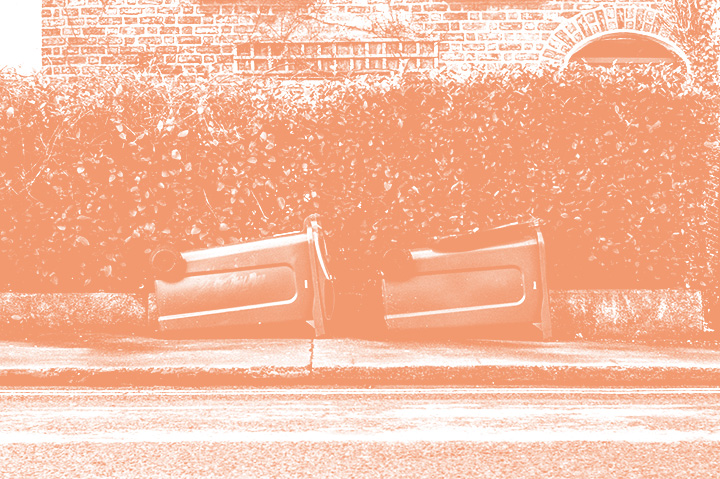
Q: The book seems to me to avoid directly engaging with the more apocalyptic side of climate change as a result of human consumption, but it nonetheless haunts the book. This sense of, as you put it at the end, being buried alive by our things - our habits and our attachments. I'm not sure if you'd agree with that assertion, but was it a conscious decision to step around the issue, to approach it maybe from a more personal or partial angle? I think this if often the only useful way to do so, because it seems impossible to me to hold the reality of climate change - the great big world-ending, we're-all-going-to-die-and-we-did-nothing-to-stop-it panic of the thing - in your head and feel its importance.
A: Absolutely — you spotted the main ghost haunting the book. The staggering transformations of the globe and the wholesale reinvention of nature and industry haunt the book because they haunt me, every day. And they are very nearly incomprehensible; the consequences of what we've done are going to continue to be well-nigh impossible to wrap our heads around, until it's too late. One of the most impossible tasks we can be confronted with is the task of imagining ourselves into history. We live, as we so often must, in this eternal present, and it's incredibly challenging, if not impossible, to think and act outside of one's time, place, circumstance, and perspective. Our general inability to do this is a big part of the reason why we find ourselves in this colossal mess now. So many things in our culture push us toward non-systemic thinking, ahistorical thinking, and the consolations of the reigning ideologies (economic, political, and cultural). We seldom possess the time, energy, desire, or wherewithal to think or act from the vantage point that climate change and other global crises would require us to think and act from.
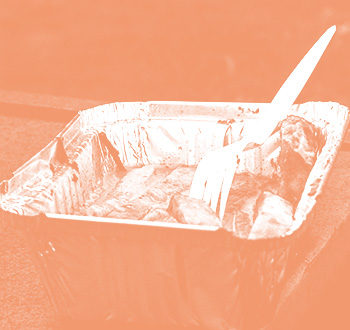

So yes, it was a conscious decision to more or less situate that epistemological problem somewhere in the background. This decision was a consequence of the realization that confronting that problem is a lifelong task, and not something than any slender book written in a deliberately non-academic mode could ever really grapple with in any satisfying way on its own. By approaching the matter of waste in the roundabout, autobiographical, idiosyncratic, and often awkward way I approached it in this book, I was hoping (at best) for some kind of parallax view of our planetary crisis.
It may be possible to see into the crisis in some tiny fashion by thinking about what a coffee cup does for us, or why we enjoy pathologizing hoarders on television, or what to do with the fact that all our nuclear waste will outlive more generations than we can count. In this sense, the book is consciously anti-polemic, because I know that the curiosity, doubt, fear, confusion, and rage that I feel about this subject could never be adequately formulated in a didactic way. Sometimes misdirection is the only clumsy tactic you have.
Q: In the book you say 'In the face of the image, language seems like a poor advocate for thinking waste'. You go on to suggest that perhaps the spectacular side of the image has become problematic in this context, a 'seeing is believing' approach to climate change (or any kind of disaster) that is itself part of the problem. It seems then that you're looking for a writing that can counteract the image, go beyond it towards a certain type of faith or conviction. I've thought about this myself a lot in recent times, particularly with the images of the refugees washing up in the Mediterranean and how, when those images got sufficiently emotive/spectacular, awareness of the crisis seemed to become far more general. Having written about the same thing this year, to no great effect, I'll admit I envied the concision of the image, and its impact. Were there times, when writing the book, that you ran into this, where you thought an image would do the work twice as easily, and five times as quickly? How did you deal with those impasses, if they occurred? Did it tell you anything about what you needed the writing to do? What your role could be in approaching these emotive/spectacular issues?
A: My initial preference was to use no images at all in the book (for reasons I'll describe), but it was important to establish a certain degree of continuity across some of the other books in the Bloomsbury series, so instead I opted to use images in ways that were usually less directly illustrative of the content on the nearby pages than resonant or evocative in some indirect way with the text in question.
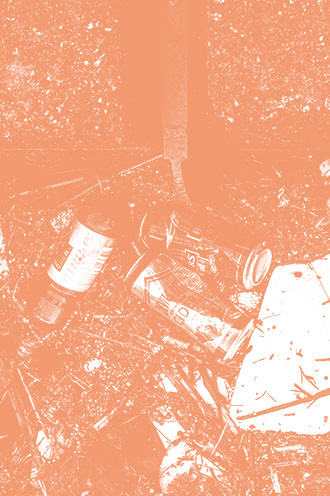
But returning to the first part of your question: I have my doubts that writing is any more politically efficacious than images (we're certainly as saturated with words as images nowadays, and the leap from either of them to a program for social justice is always fraught with difficulties), but even so I have a profound antipathy toward exactly the kinds of images you mention and the political and propagandistic uses to which they're put, even when they're deployed in service of a worthy cause. In part, this antipathy has been informed by my reading of the works of Saidiya Hartman, Susan Sontag, Elaine Scarry, and many others who have written eloquently about scenes of subjection, the regime of the spectacle, and the body in pain. For all of the affective potential in a photograph of a drowned child, there remains alongside of it an unsavory and salacious quality, something invasive and polluted that we partake in when we circulate these images.
Think of the images of the stripped, humiliated men in Abu Ghraib, or a hundred other such examples. On one level these are images the world "needs" to see, we say; only the immediacy and truth of the disturbing and horrifying image can break through all of the barriers that separate us from the everyday horrors taking place in our name. True enough. And yet on another level it begins to feel like we are becoming dependent on these images to rattle us and shape our politics and our activism and our lifestyles. This is why I have little patience or use for the lush, moving, terrible images of the destruction of our planet, or any other catastrophes.
The fact that so many of us now seem to need to see it to believe it, or to do something about it -- this seems like a recipe for even more disaster. The brute facts and data about global warming are available to anyone with the slightest interest, and yet, as with the drowned child, we seem to rely too much on the growing archive of disaster footage to shape our discourse and our behavior. It is not that the image is bad or wrong so much as it should be completely unnecessary at this late stage. But the political use and abuse of images and spectacle fits so nicely into our other more innocuous image regimes (TV, YouTube, ads, Vines, memes, GIFs, emoji) that I cannot see them being supplanted anytime soon. The other reason that writing will always be far more impactful for me than images has to do, I think, with time. It's not just that language can give us access to dimensions that images cannot provide (we could just as easily identify all the things images can do that writing can't), but that an engagement with a piece of writing requires a different accommodation with time than an absorption in an image does. For me, the immersive timescape of reading works on me in ways that no photo, video, spectacle, or image ever could. I wouldn't call this faith in the written word, exactly, but I find more hope in it than I do in any of its more spectacular alternatives.
※
